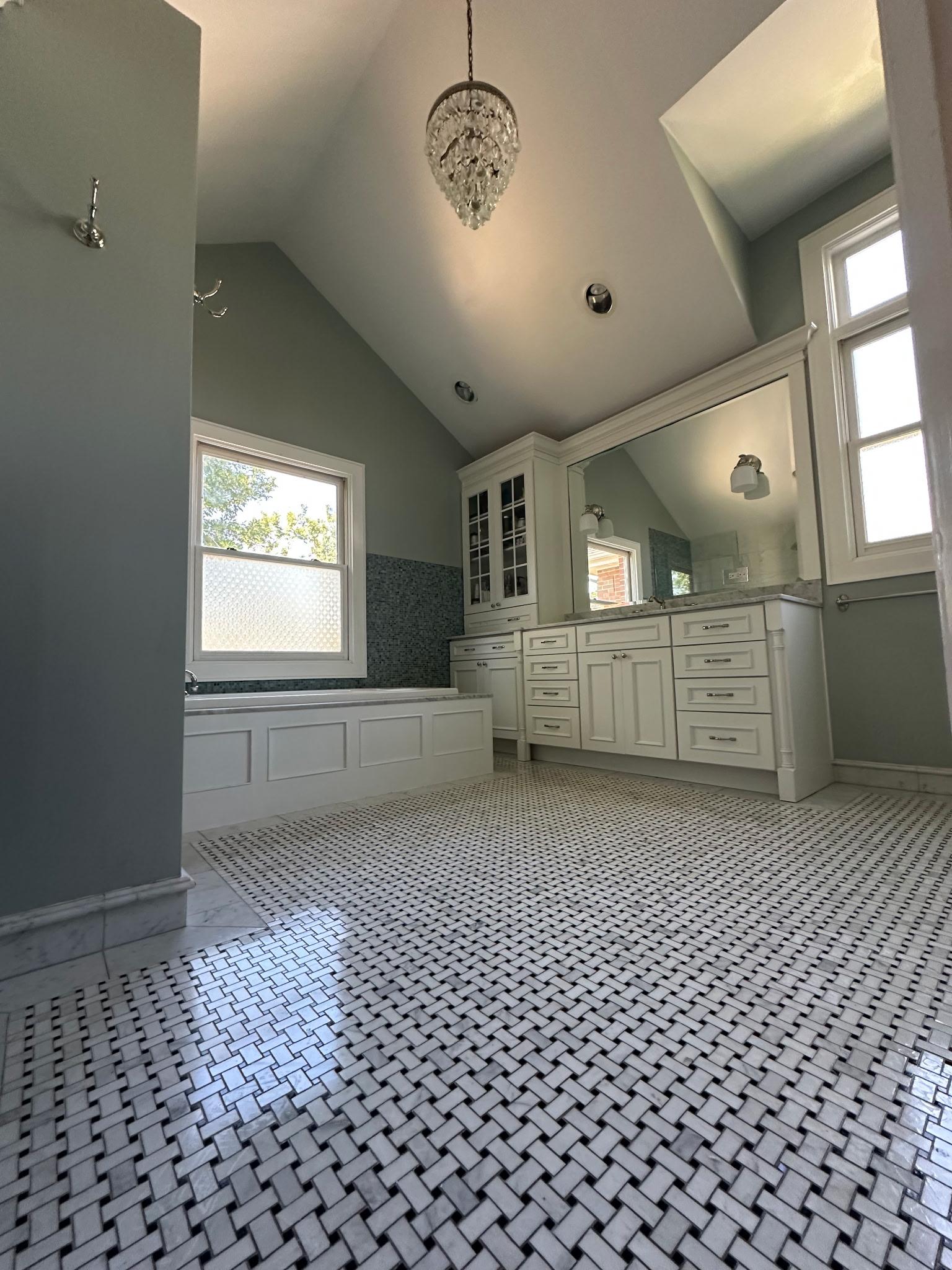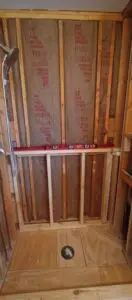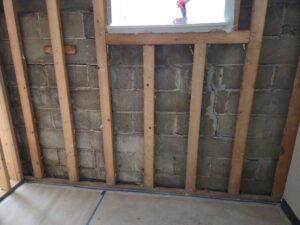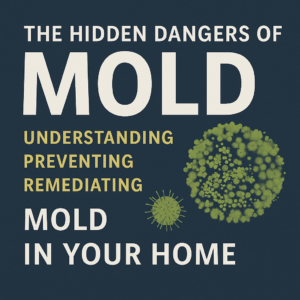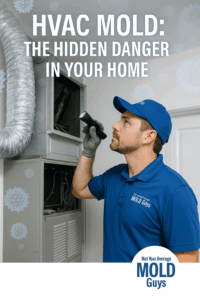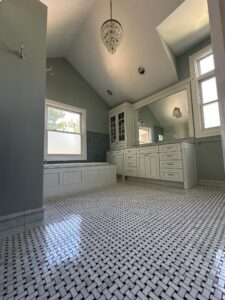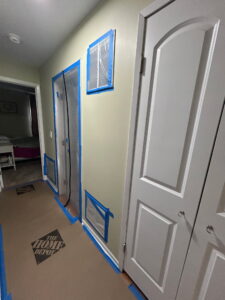Restoring and Protecting Your Home After Mold Removal
Mold can be a serious problem for homeowners, causing damage to building materials, affecting indoor air quality, and posing health risks. While professional mold remediation is the first and most crucial step, it’s only the beginning of the process. After mold removal, your home still needs careful attention to ensure it is fully restored, renewed, and protected from future growth.
At Not Your Average Mold Guys, we specialize not only in mold removal but also in post-remediation home renewal, helping homeowners in Austin, Cedar Park, and the surrounding areas restore their homes to safe, comfortable, and functional spaces. From cleaning and repairing affected areas to preventing future mold growth, our team guides you through every step of the renewal process.
Why Post-Remediation Mold Renewal is Critical
After professional mold remediation, your home may appear clean, but without proper renewal, mold can quickly return. Post-remediation mold renewal focuses on:
-
Restoring damaged materials: Mold can weaken drywall, flooring, ceilings, and insulation. Replacing these materials ensures structural integrity and a polished finish.
-
Improving indoor air quality: Even after mold removal, spores may linger in the air. Cleaning, ventilating, and monitoring your home are critical steps in mold renewal.
-
Preventing recurrence: Moisture management, proper ventilation, and long-term maintenance are essential for mold prevention and home protection.
For more on the dangers of mold and health impacts, visit the CDC Mold Guide.
Keywords repeated naturally: mold remediation, post-remediation mold renewal, mold removal, mold prevention.
Step 1: Thorough Cleaning and Sanitization After Mold Removal
The first step in post-remediation mold renewal is cleaning and sanitizing all affected areas. Even after the visible mold is gone, spores can remain and contribute to future mold growth. Key actions include:
-
Walls and Ceilings: Wipe down with antimicrobial solutions to eliminate residual mold spores.
-
Floors and Carpets: Deep clean, steam, or replace damaged flooring to ensure your home is safe and hygienic.
-
HVAC Systems: Air ducts and vents often harbor hidden spores. Professional cleaning prevents mold from spreading throughout your home.
A thorough cleaning after mold remediation is critical for ensuring the success of post-remediation renewal and long-term mold prevention. For guidance on safe cleaning practices, see the EPA Mold Cleanup Guide.
Step 2: Repairing and Replacing Damaged Materials
Mold removal often exposes damaged materials that need repair or replacement. Post-remediation mold renewal includes:
-
Drywall replacement in areas severely affected by mold.
-
Flooring repairs or replacement, including subfloor restoration if necessary.
-
Cabinetry and fixtures in kitchens and bathrooms that may have been compromised.
These repairs not only restore the beauty and functionality of your home but also reduce the likelihood of mold returning. Using high-quality, mold-resistant materials is key in post-remediation mold renewal.
Step 3: Moisture Control and Mold Prevention
Moisture is the leading cause of mold growth, making mold prevention a critical part of post-remediation renewal. To keep your home safe:
-
Install proper ventilation in bathrooms, kitchens, and attics.
-
Fix leaks in plumbing, roofs, or windows promptly.
-
Use dehumidifiers in basements or other humid areas to maintain indoor humidity below 50%.
The EPA Moisture Control Tips provide helpful strategies for reducing moisture and preventing mold growth.
By addressing moisture issues after mold removal, you not only complete the renewal process but also significantly reduce the risk of future mold growth.
Step 4: Remodeling and Home Improvement After Mold Remediation
Post-remediation renewal presents a perfect opportunity for home upgrades. After mold removal, many homeowners choose to remodel affected spaces, which enhances comfort and adds value.
-
Bathrooms: Replace old vanities, tubs, and tiles damaged by mold with modern, water-resistant options.
-
Kitchens: Upgrade cabinets, countertops, and flooring for a fresh look while ensuring mold prevention.
-
Attics and Basements: Replace insulation and finish spaces safely to prevent moisture and mold recurrence.
Remodeling is an important aspect of post-remediation mold renewal because it allows you to transform damaged areas into functional, attractive spaces. For design ideas, see HGTV Bathroom and Kitchen Remodeling.
Step 5: Monitoring and Maintenance for Mold Prevention
Even after professional mold remediation and post-remediation renewal, ongoing maintenance is essential for long-term mold prevention. Key steps include:
-
Regular Inspections: Look for early signs of mold, moisture, or water damage.
-
Humidity Management: Keep indoor humidity below 50% to discourage mold growth.
-
Prompt Repairs: Address any leaks, condensation, or water intrusion immediately.
Consistent monitoring and maintenance are crucial components of successful post-remediation mold renewal.
Benefits of Post-Remediation Mold Renewal
Investing in post-remediation mold renewal provides homeowners with multiple benefits:
-
Improved Health and Safety: Reduces the risk of respiratory issues and allergens caused by residual mold spores.
-
Restored Property Value: Repaired and remodeled spaces increase your home’s market value.
-
Enhanced Comfort: Renewed spaces are more comfortable and visually appealing for daily living and guests.
-
Peace of Mind: Preventive measures give homeowners confidence that mold won’t return.
Keywords repeated naturally: mold remediation, mold removal, post-remediation mold renewal, mold prevention, mold damage, home restoration.
Why Choose Not Your Average Mold Guys for Mold Renewal
At Not Your Average Mold Guys, we provide more than just mold removal. We help homeowners with the full post-remediation process:
-
Expert Assessment: Identify areas at risk for mold recurrence.
-
Professional Cleaning and Sanitization: Ensure a safe, healthy environment after remediation.
-
Restoration and Remodeling: Repair and renew spaces affected by mold.
-
Preventive Guidance: Teach homeowners how to maintain a mold-free home.
Our experienced team serves Austin, Cedar Park, and Central Texas, delivering trusted solutions for long-term mold prevention and home renewal.
For more information about mold health risks, visit the Mayo Clinic Mold Safety Guide.
Tips for a Successful Post-Remediation Mold Renewal
-
Document the Damage: Take photos before and after remediation for insurance purposes.
-
Use Mold-Resistant Materials: Consider drywall, paint, and insulation designed to prevent mold growth.
-
Address Root Causes: Fix leaks, improve ventilation, and manage humidity to prevent recurrence.
-
Schedule Regular Maintenance: Annual inspections help detect moisture issues early.
-
Consult Professionals: Expert guidance ensures safe, effective, and lasting results.
Conclusion
Mold remediation is just the beginning. True home protection requires post-remediation mold renewal, including cleaning, repairing, remodeling, and preventive measures. At Not Your Average Mold Guys, we guide homeowners through every step, ensuring their homes are safe, renewed, and protected from future mold growth.
If your home has recently undergone mold removal, don’t stop there—invest in post-remediation renewal to restore, remodel, and protect your space. For more information, visit our Mold Remediation Services page or contact our team of experts today.
Outbound links included:
-
CDC Mold Guide – Health and mold awareness
-
EPA Mold Cleanup Guide – Safe cleanup practices
-
EPA Moisture Control Tips – Moisture prevention strategies
-
Mayo Clinic Mold Safety Guide – Health information
Internal links suggested:
